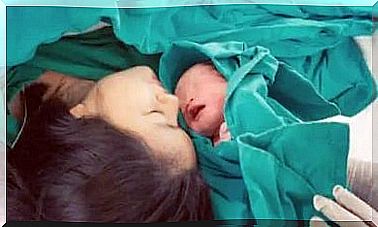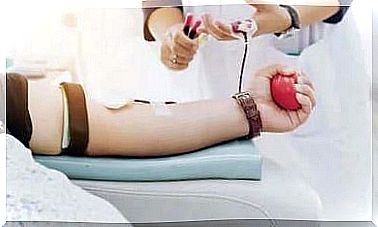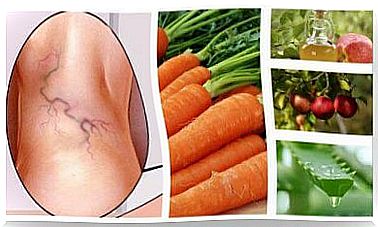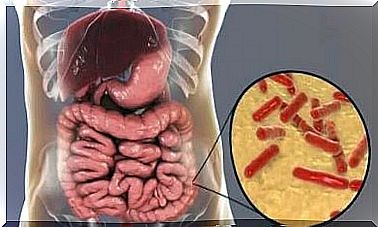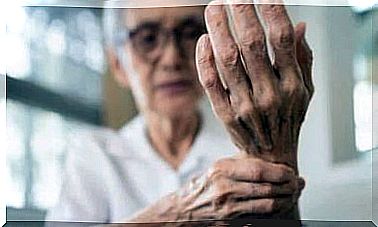What Is Bruising And Why Does It Occur?
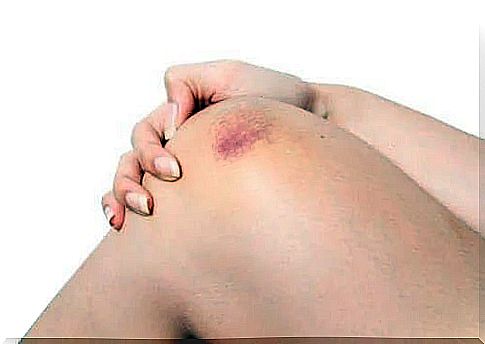
Want to know what bruising is? It is one of the basic types of skin lesions. Its appearance may indicate the presence of many diseases and conditions, along with other dermatological symptoms.
What is bruising and why does it occur?
We could say that bruising is a deposit of subcutaneous blood, because there are no wounds or lesions on the skin above it. Therefore, this accumulated blood is the result of the rupture of some blood vessels.
When blood comes out of the blood vessels, the phenomenon of extravasation occurs. The bruise comes from the extravasation under the intact skin (ie there are open blood vessels due to a blow, due to an infection that destroys them from the inside or due to the rupture of the muscles in that area).
Ecchymosis is a dermatological lesion, but it does not only affect the outer layer of the skin. This type of lesion can also develop under a mucous membrane – in the inner region of the oral cavity, for example.
Causes that lead to bruising
- A trauma, such as a blow to the skin that does not break it (ie something caused by an object that is not sharp). Remember that bruising is formed only when there are no superficial skin wounds.
- Ecchymosis is common among athletes. Sometimes it occurs as a result of trauma. At other times, it occurs due to overwork, which can injure the muscles.
- Vitamin K is an essential substance for proper blood clotting. A deficiency of this vitamin in the body is the perfect framework for the formation of bruises.
- Certain infectious processes can weaken the blood vessels and tear them from the inside, without breaking the skin. Sometimes bruising is the first symptom of an infection. They can occur just before the onset of fever.
- There are diseases for which a person must take anticoagulants. Their use has the negative effect of forming spontaneous bruises or small traumas, which, under normal conditions, would not break the blood vessels.
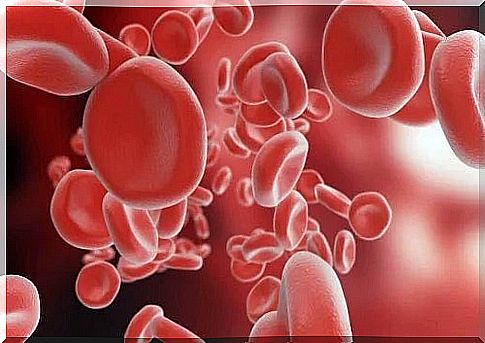
Now that we’ve learned what bruising is, we’ll talk about how it is formed.
During reabsorption, which can take weeks, the color of the skin in the affected area changes. The color changes reveal the stages in the healing process of an bruise. For example, the blood is red when it is inside the vessels. Once it leaves them and enters the subcutaneous space, the defense cells or macrophages take it over. Inside macrophages, hemoglobin in the blood loses the oxygen it carries and acquires a darker color.
The dark red of the oxygen-free hemoglobin appears to be purple on the outside of the body. This is the typical color that helps identify bruising, ie the shade of a common bruise.
As
A few days later, biliverdin turns into bilirubin. At that point, the skin color changes from green to yellow, at least until bilirubin becomes hemosiderin, which appears to be pale brown on the outside.
The last stage of ecchymosis is the total reabsorption of blood residues. Again, the macrophages intervene and digest all the remaining hemosiderin. Eventually, the skin returns to its normal color.
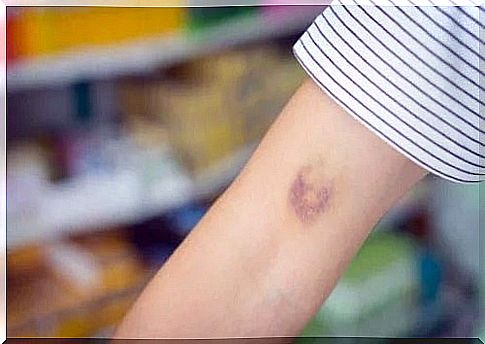
Classification of bruises
